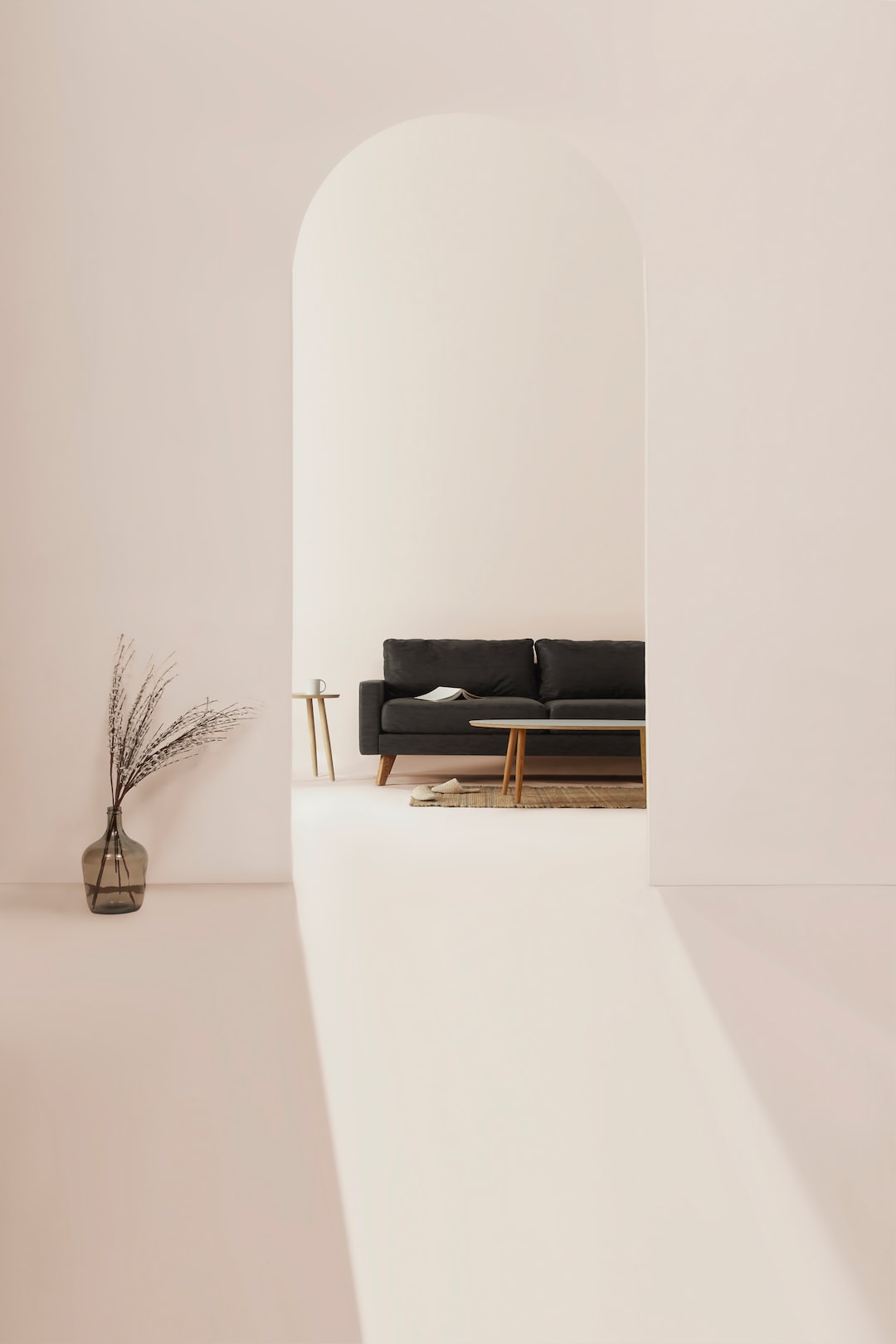Title: Unraveling the Influence of Scandinavian Design in Modern Interiors
Introduction:
Scandinavian design has taken the world by storm, captivating homeowners and interior designers alike with its simplicity, functionality, and timeless aesthetics. In the realm of modern interiors, the impact of Scandinavian design cannot be underestimated. Today, we delve into the roots of this design trend, exploring its core principles, and uncovering the key elements that have made it a mainstay in contemporary homes around the globe.
Origins of Scandinavian Design:
Originating in the mid-20th century, Scandinavian design emerged as a response to the tumultuous times following World War II. The concept arose from a desire to infuse beauty, functionality, and affordability into everyday objects. Inspired by the region’s minimalistic lifestyle and natural landscapes, Scandinavian designers sought to create pieces that were practical yet visually appealing.
Minimalism and Simplicity:
At the heart of Scandinavian design lies the concept of minimalism, where less is more. Clean lines, uncluttered spaces, and a pared-down aesthetic characterize this design style. Scandinavian interiors tend to lean towards simplicity, conjuring a sense of calm and tranquility. This principle allows for natural light to play a significant role, creating bright and inviting living spaces.
The Use of Natural Materials:
Scandinavian design prioritizes the use of natural materials like wood, leather, and stone, which not only add warmth to a space but also contribute to its timeless appeal. Designers often celebrate the natural beauty of these materials by leaving them untreated or using simple finishes that enhance their character. By integrating nature into interiors, Scandinavian design successfully blurs the lines between the indoors and outdoors.
Neutral Color Palettes:
Neutral color palettes are a prominent feature of Scandinavian design, with white, grey, and beige taking center stage. These hues serve as a canvas for pops of color sparingly applied through textiles, art, or decorative accents. The use of neutrals allows for a cohesive and harmonious atmosphere while infusing the space with a sense of serenity.
Form Follows Function:
Functionality is a pillar of Scandinavian design. Every piece of furniture or décor item is carefully selected to serve a purpose without sacrificing aesthetics. Clean-lined furniture, functional storage solutions, and multi-purpose pieces are hallmarks of this style. The Scandinavian philosophy emphasizes the importance of practicality in every element of design.
Hygge and Coziness:
Hygge, a Danish concept, is another integral part of Scandinavian design. It embodies the feeling of comfort and coziness when surrounded by loved ones in a welcoming atmosphere. In modern interiors, this translates into creating spaces that evoke a sense of warmth and contentment, often achieved through the use of soft textiles, plush rugs, and cozy lighting.
The Influence on Modern Interiors:
Scandinavian design has evolved from its humble beginnings to become a global design phenomenon. Its impact can be seen in contemporary interiors worldwide, as homeowners and designers continue to embrace its principles and adapt them to suit their individual tastes and needs.
Sustainability:
One of the main reasons for the enduring popularity of Scandinavian design is its commitment to sustainability. The focus on natural materials, durability, and functionality results in products that stand the test of time. In an era where environmental consciousness has gained paramount importance, Scandinavian design’s sustainable focus has propelled it to the forefront of modern interior trends.
The Rise of Scandinavian-Inspired Spaces:
Modern homes are increasingly incorporating Scandinavian design elements into their interiors. From open-concept floor plans and large windows to white walls and minimalistic décor, the Scandinavian influence is evident. This aesthetic seamlessly merges with other design styles, providing a refreshing and timeless elegance to spaces.
Conclusion:
Scandinavian design has undoubtedly left an indelible mark on modern interiors. Its reliance on minimalism, simplicity, functionality, use of natural materials, and neutral color palettes has proven to be a winning formula for creating spaces that are both visually appealing and practical. As the world embraces sustainable living and a desire for tranquil spaces, Scandinavian design continues to inspire and shape the future of interior design, leaving us with no doubt that its influence will endure for years to come.


